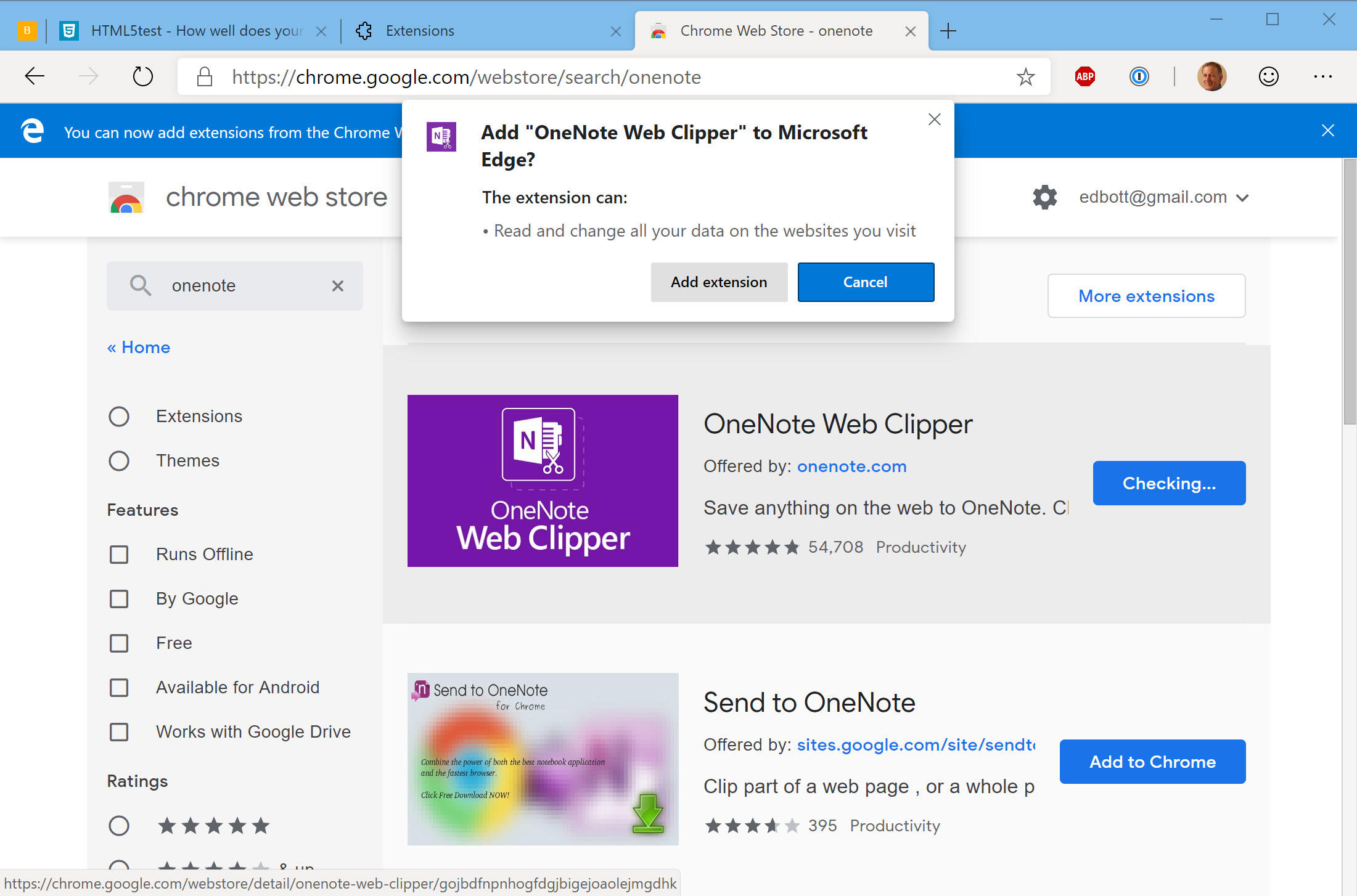- Microsoft Edge And Chromecast
- Replace Microsoft Edge With Chrome
- How To Block Websites On Microsoft Edge And Chrome

Microsoft Edge And Chromecast
The web is constantly evolving to improve the user experience, security, and privacy. In some cases, changes may be significant enough to impact the functionality of existing pages. The following table summarizes particularly high-impact changes that the Microsoft Edge team is currently tracking. Review this article often; the Microsoft Edge team updates the following page as thinking evolves, timelines solidify, and new changes are announced.
Apr 09, 2021 This new feature for Microsoft Edge will follow the same approach used in Windows 10’s virtual desktop and Google’s Chrome. Like virtual desktops or Chrome’s Tab Groups, Edge’s workspaces. Google Chrome is the reigning king of browsers, with the highest usage on computers and mobile devices alike. Microsoft Edge is available on most machines because it's installed by default on Windows-based devices. We examined the main differences between these browsers to help you decide which you should use.
| Change | Stable Channel | Experimentation | Additional information |
|---|---|---|---|
Cookies default to SameSite=Lax and SameSite=None-requires-Secure | Chrome+1 (Edge v86) | Canary v82, Dev v82 | This change is happening in the Chromium project, on which Microsoft Edge is based. For more information, including the planned timeline by Google for this change, navigate to the Chrome Platform Status entry. |
Referrer Policy: Default to strict-origin-when-cross-origin | Chrome+1 (Edge v86) | Canary v79, Dev v79 | This change is happening in the Chromium project, on which Microsoft Edge is based. For more information, including the planned timeline by Google for this change, navigate to the Chrome Platform Status entry. |
Disallow synchronous XmlHttpRequest in page dismissal | Chrome+1 (Edge v83) | This change is happening in the Chromium project, on which Microsoft Edge is based. Matching Chrome, Microsoft Edge offers a Group Policy to turn off this change until Edge v88. For more information, including the planned timeline by Google for this change, navigate to the Chrome Platform Status entry. | |
| Display subtle prompt for notification permissions requests | Edge v84 | Quiet notification requests display a subtle request icon in the address bar for site notification permissions requested using the Notifications or Push API, replacing the full or standard permission flyout prompt UI. This feature is currently enabled for all users. To opt out of quiet notification requests, navigate to edge://settings/content/notifications. In the future, the Microsoft Edge team may explore re-enabling the full flyout notification prompt in some scenarios. | |
| Turn off TLS/1.0 and TLS/1.1 by default | Edge v84 | The SSLMinVersion Group Policy permits re-enabling of TLS/1.0 and TLS/1.1; the policy remains available until Edge v90. | |
| Block mixed content downloads | Chrome+1 (Edge v86) | This change is happening in the Chromium project, on which Microsoft Edge is based. For more information, including the planned timeline by Google for this change, navigate to the Google security blog entry. The Microsoft rollout schedule on file types to warn or block is planned for one release after Chrome. | |
| Deprecate AppCache | Chrome+1 (Edge v86) | This change is happening in the Chromium project, on which Microsoft Edge is based. For more information, navigate to the WebDev documentation. The Microsoft rollout schedule for deprecation is planned for one release after Chrome. Requesting an AppCache OriginTrial Token allows sites to continue to use the deprecated API until Edge v90. | |
| Removal of Adobe Flash | Edge v88 | This change is happening in the Chromium project, on which Microsoft Edge is based. For more information, navigate to the Adobe Flash Chromium Roadmap. | |
| Turn off and remove FTP | Edge v88 | Edge Beta v87 | In Edge Beta v87, FTP support is turned off by default; in Edge Stable v87 it remains enabled. In Edge v88, FTP support is removed entirely. This change is happening in the Chromium project, on which Microsoft Edge is based. For more information, navigate to the Chrome Platform Status Entry. Enterprises that have sites that still require FTP support can continue to use FTP by configuring the site to use IE mode. |
| Autoupgrade mixed content images | Edge v88 | Non-secure (HTTP) references to images are automatically upgraded to HTTPS; if the image is not available over HTTPS, the image download fails. A Group Policy is available to control this feature. This change is happening in the Chromium project, on which Microsoft Edge is based. For more information, navigate to the Chrome Platform Status entry. | |
| HTTP authentication disallowed when third-party cookies are blocked | Edge v87 | Starting with Edge v87, when cookies are blocked for third-party requests, either using the BlockThirdPartyCookies policy or via the Edge Settings page, HTTP authentication is also disallowed. This change may impact Enterprise Mode Site List downloads for Internet Explorer mode if the endpoint hosting the list requires the use of HTTP authentication. To allow the use of both cookies and HTTP authentication for Enterprise Mode Site List downloads, add a matching URL pattern to the CookiesAllowedForURLs policy. |
Release comments

Replace Microsoft Edge With Chrome
Based on user and developer feedback, the indicated feature or change ships one release after Chrome.
How To Block Websites On Microsoft Edge And Chrome
Based on user and developer feedback, the indicated feature or change ships at the same time or one release after Chrome.
